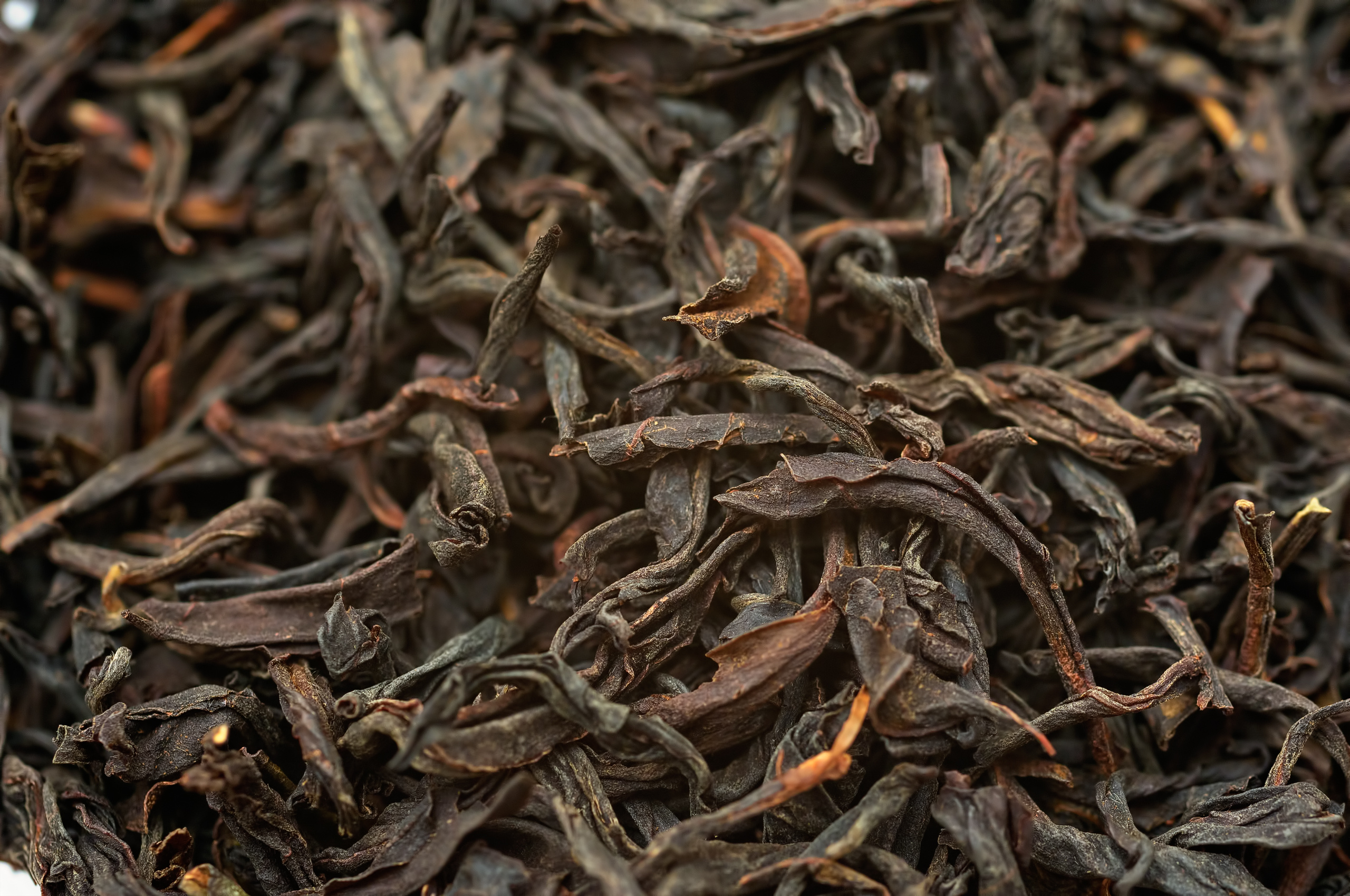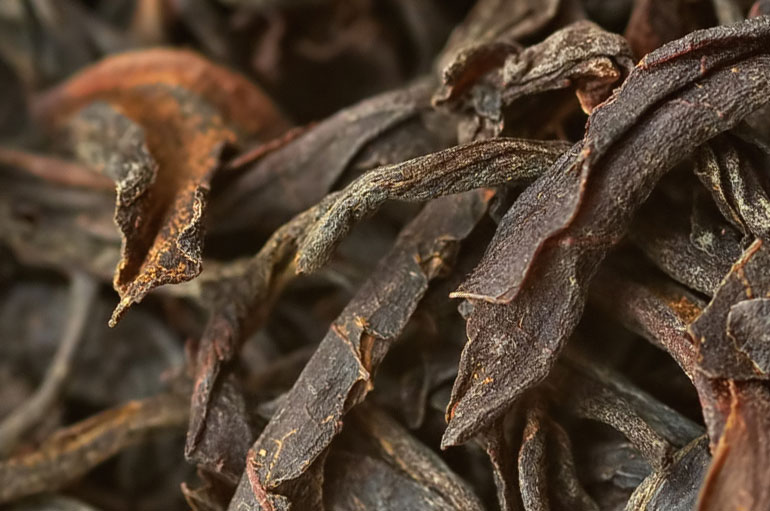Tea Extract as source of humic substances
A packet of black tea is boiled in reverse osmosis water for 20 min. The first infusion is discarded (contains practically all the caffeine and other harmful substances). The tea is now boiled again until it is completely exhausted, which can be recognised by the fact that the brew remains colourless. The decoction is collected in a container and aerated until the foaming stops (about 14 days, see also Black Alder Extract). In contrast to peat extract, this tea extract is largely pH-neutral.
A table is also given with breeding successes in various Apistogramma, Parosphromenus and Betta species, both in water treated with peat extract (A) or with tea extract (B) and in untreated water (C); (0 = egg laying, x = fungal growth, 1 = clutch developing).


|
Basin type |
Experimental species |
||
| A | B | C | |
|
01 |
01 |
0x |
Apistogramma gephyra Kullander, 1980 |
|
0x |
01 |
01 |
Apistogramma cacatuoides Hoedeman, 1951 |
|
0x 01 |
01 |
Apistogramma gibbiceps Meinken, 1969 |
|
|
01 |
Apistogramma cf. gossei Kullander, 1982 |
||
|
0x |
01 |
Apistogramma hoignei Meinken, 1965 |
|
|
01 |
01 |
0x |
Apistogramma iniridae Kullander, 1979 |
|
0x |
01 0x |
0x |
Apistogramma macmasteri Kullander, 1979 |
|
01 0x |
01 |
01 0x |
Apistogramma nijsseni Kullander, 1979 |
|
01 |
0x |
Apistogramma pertensis Haseman, 1911 |
|
|
0x |
0x |
01 |
Apistogramma linkei Koslowski, 1985 |
|
0x 01 |
01 |
0x 01 |
Apistogramma cruzi Kullander, 1986 (Parallelstreifen) |
|
01 |
01 |
0x |
Apistogramma spec. "Gelbwangen" |
|
0x |
01 |
Apistogramma spec. "Tucuruí" |
|
|
01 |
01 |
Apistogramma spec. "Smaragd" |
|
|
01 0x |
01 |
Apistogramma spec. "Großmaul/Dicklippen" |
|
|
01 |
01 |
0x |
Parosphromenus deissneri (Bleeker, 1959) |
|
01 |
01 |
0x |
Betta coccina Vierke, 1979 |
|
01 |
01 |
Betta imbellis Ladiges, 1975 |
|
|
01 |
0x |
Betta smaragdina Ladiges, 1972 |
|
Own experience
A 100 g packet of tea yielded about 8 l of brew. This initially had a pH of about 5, after 14 days of aeration it levelled off at 6.2. A clear, deep brown solution was obtained after the finished brew had been poured off the sediment that had formed (bacteria, tea sediment?). During this time, the typical smell of old tea also disappeared. As far as I can tell, the tea extract is very good for my fish and plants. In contrast to peat extract, the water colouration is only very slight (possibly depending on the type of tea used). Whether this is an advantage or disadvantage is something everyone must decide for themselves.
It seems to us that the extract can be stored for months in a cool cellar. For warmer storage, the addition of 1.5 ml formaldehyde (35 - 37 %) or another preservative may be helpful.
We were still experimenting with the dosage. We added 200 ml to 90 l of fresh water during the weekly 18 % water change. However, this dose can probably be increased, as we did not notice any negative effects on plant growth or the like.
* According to Uwe Römer, DATZ 43
Addendum (Dr. A. Kremser):
Since formaldehyde is difficult to obtain for the amateur and, above all, because of its easy volatility, it actually poses a health hazard when handled improperly, I would advise other preservatives in the meantime.
0.5 - 1.0 g/l methyl paraben or the same amount of benzoic acid, or even more effectively a mixture of the two substances, can be used with the same success but with less risk to the user.

